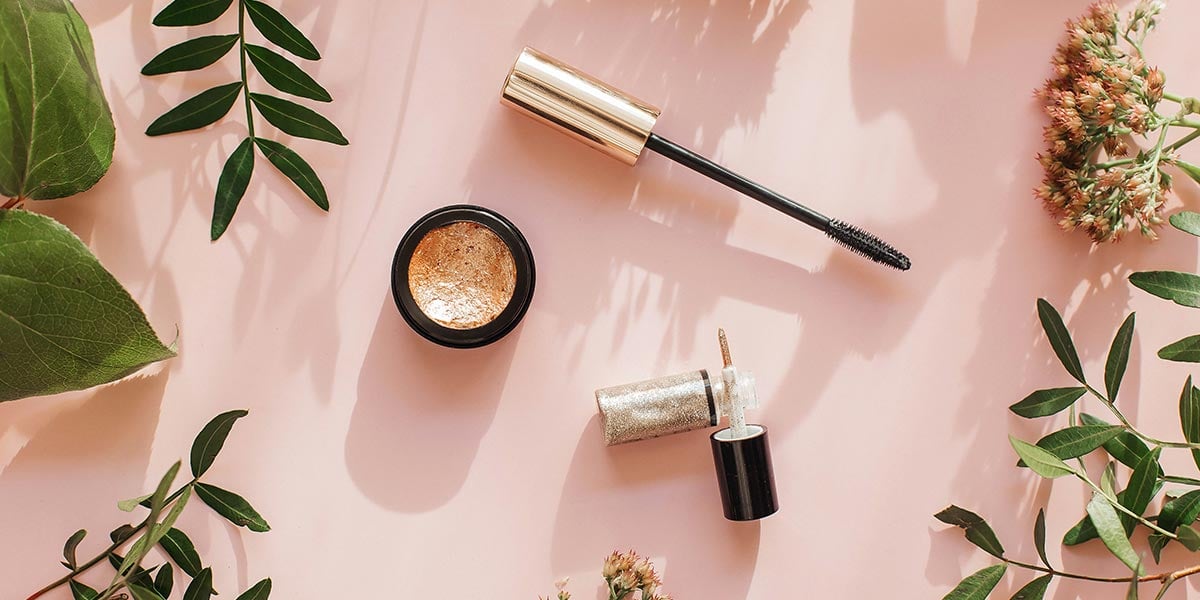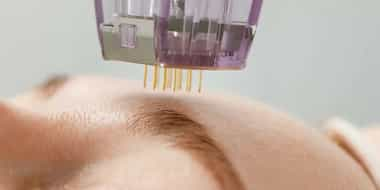
Jul 18, 2025
Blog healthcare From Argan to Algorithms: What’s Powering MENA’s Beauty Surge?
In the heart of the Middle East and North Africa (MENA), a quiet revolution is sweeping across shelves and shopping carts — and it smells like oud, feels like argan oil, and wears the glow of innovation. MENA's beauty and personal care market is thriving and transforming, propelled by cultural pride, digital acceleration, and a youthful, image-conscious population eager to embrace global trends with a local twist.
The MENA beauty and personal care market is on a strong upward trajectory. According to BCC Research, the market is expected to grow from $57.2 billion in 2024 to $95.2 billion by 2030, at a CAGR of 9% during the forecast period. This growth is driven by socio-economic factors, including a young and tech-savvy population, increasing urbanization, and an expanding middle class with a growing appetite for self-care and personal grooming.
Major regional players such as the UAE, Saudi Arabia, and Egypt are leading the charge, while Morocco, Kuwait, and Qatar are becoming hotspots for niche and luxury segments. The beauty industry in the region is no longer confined to traditional retail — it’s become a vibrant ecosystem that includes digital platforms, homegrown brands, wellness startups, and influence-driven commerce.
Cultural identity significantly influences the formulation and marketing of beauty products in the MENA region. Consumers increasingly seek products that merge modern functionality with traditional values, leading to a demand for halal-certified, vegan, and cruelty-free cosmetics and heritage ingredients like rosewater and argan oil.
Simultaneously, global beauty trends—such as Korean skincare, facial serums, and cosmetic dermatology—are gaining popularity. MENA beauty consumers are knowledgeable and willing to try new formats and ingredients, as long as they align with their values and lifestyle.
E-commerce and social media are reshaping how consumers find and buy beauty products. Platforms like Namshi, Ounass, Amazon.ae, and Instagram Shops have boosted digital sales, especially after the pandemic. Influencers and beauty creators rapidly influence trends, often making products go viral.
This shift allows smaller, indie brands and local entrepreneurs to reach global customers without heavy investments in physical stores. Tools like virtual try-ons and AI skincare assessments also enhance the personalized and convenient nature of beauty shopping.
One of the most notable shifts in the MENA market is the rise of men’s grooming. No longer limited to barbershops and aftershave, men are now embracing skincare, haircare, and wellness routines as part of their daily lives. Beard oils, facial cleansers, anti-aging serums, and grooming kits are seeing increasing demand, especially among younger males in urban centers.
This presents a significant opportunity for brands willing to cater to this emerging segment with dedicated product lines, packaging, and messaging that normalize and encourage male self-care.
Environmental awareness is significantly impacting purchasing decisions in the MENA region. Consumers are drawn to clean, chemical-free, ethically sourced, and sustainably packaged beauty products. Despite varying levels of awareness across countries, there is a trend toward brands that prioritize transparency and eco-responsibility. Local brands often use regionally sourced botanicals like prickly pear seed oil and aloe vera, employing recyclable materials and cruelty-free testing methods.
This report presents an in-depth analysis of the MENA beauty and personal care market, highlighting its current and future potential. It provides a detailed examination of market drivers, restraints, challenges, opportunities, and market projections for 2030.
Saudi Arabia:
The most significant beauty market in MENA is driven by Vision 2030 reforms, a rising female workforce, and demand for luxury, halal, and skincare products.
UAE:
A regional hub for luxury beauty and innovation. High digital adoption fuels e-commerce, beauty tech, and personalized skincare trends.
Egypt:
A volume-driven market with growing demand for affordable beauty. Local brands thrive, and social media heavily influences consumer choices.
Morocco:
Known for natural ingredients like argan oil and ghassoul. Strong tradition of herbal beauty and rising exports of organic products.
Kuwait, Qatar & Bahrain:
Small but high-spending markets focused on premium beauty, fragrances, and global trends, especially among younger consumers.
The beauty and personal care market in the MENA region is shining brighter than ever, fueled by a unique blend of cultural heritage, youthful dynamism, and cutting-edge innovation. As consumers increasingly seek products that honor tradition while embracing modernity, the market’s evolution is opening new avenues for global and local brands to connect with a discerning and diverse audience. Digital transformation, growing male grooming trends, and rising demand for clean, sustainable beauty are reshaping the landscape, presenting fresh opportunities amid regulatory and economic challenges. Looking ahead, the success of the MENA beauty sector will depend on its ability to balance authenticity with innovation, personalization with inclusivity, and tradition with global trends, ensuring that radiance continues to rise across this vibrant and fast-growing market.

Amrita Kumari is a Senior Executive Email Marketer at BCC Research, with a bachelor’s degree in computer applications. She specializes in content creation and email marketing.

Mobile health—widely known as mHealth—has become one of the most influential for...

The global market for catheters is experiencing rapid expansion, driven by techn...

For decades, the syringe and needle have been staples of modern medicine. Yet fo...

We are your trusted research partner, providing actionable insights and custom consulting across life sciences, advanced materials, and technology. Allow BCC Research to nurture your smartest business decisions today, tomorrow, and beyond.
Contact UsBCC Research provides objective, unbiased measurement and assessment of market opportunities with detailed market research reports. Our experienced industry analysts assess growth opportunities, market sizing, technologies, applications, supply chains and companies with the singular goal of helping you make informed business decisions, free of noise and hype.